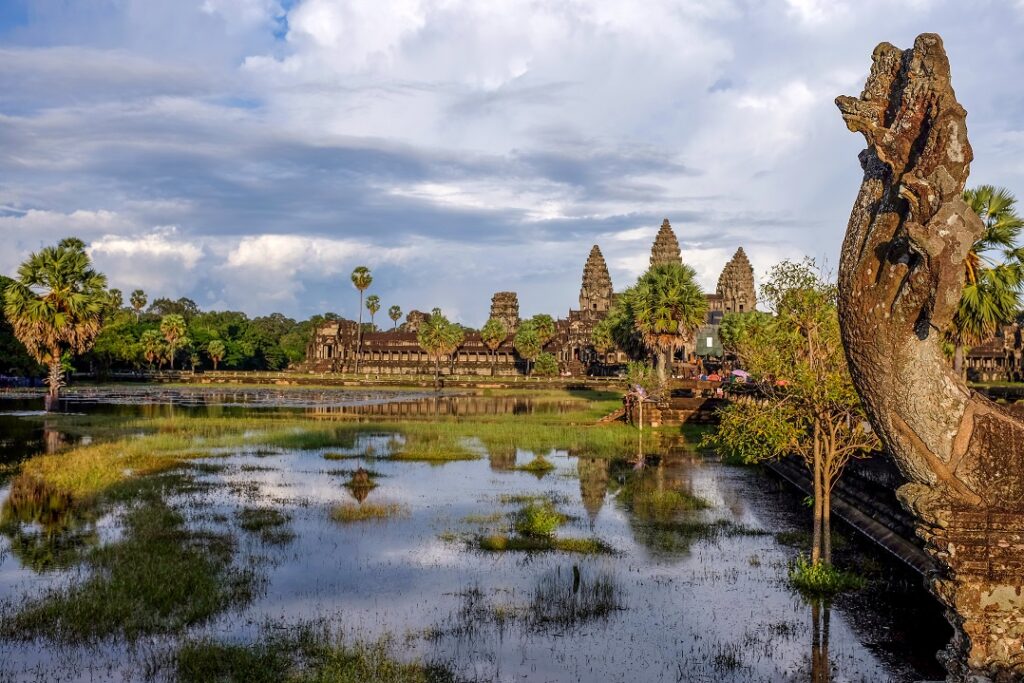
Why Cambodia? If sacred architecture, art, nature and ruins attract you, then Cambodia should be high on your bucket list. A beautiful expansive countryside with some of the friendliest people on planet earth, Cambodia is a must visit destination for many reasons. Enormity of this monumental heritage has acknowledged time and again; if Norman Lewis has categorized as “the most spectacular man-made remains in the world,” Somerset Maugham noted “I have never seen anything in the world more wonderful than the temples of Angkor…”. All these might sound like exaggeration for a country that remains amongst the poorest nations in the world, but I found each and every word in its praise to be true. After racing past ruins spanning 500 years of Khmer history – both pre and post Angkorian – from Sambor Prie Kuk to Beng Meakea; Phnom kulen to Preah Vihear; Banteay Srei to Banteay Samre, Baphuon to Neak Pean; and from the enigmatic Bayon to the unparalleled Angkor, I can only attest to what Maugham said. Indeed, no one should die before seeing Angkor!
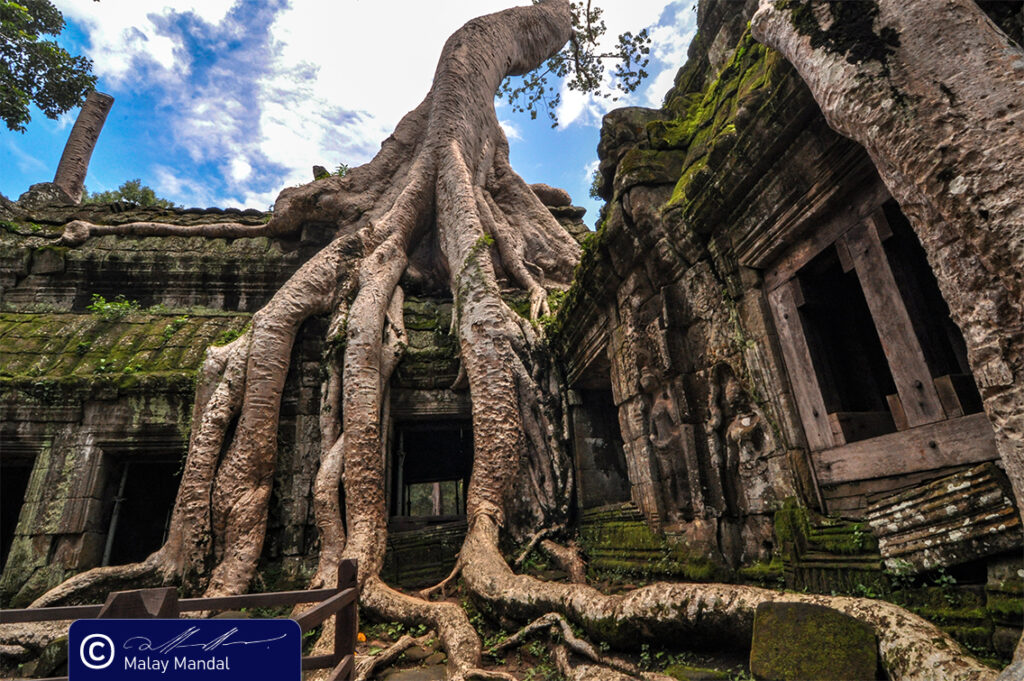
Unbelievable Expanse | Angkor has the distinction of being the earliest pre-planned human settlements with imaginative use of waterways that included reversal of river flow. This knowledge of channelizing water resulted in a prosperous agrarian economy. Ancient Khmers (as the Cambodian people are often referred), used their material wealth for making sacred spaces. Khmer royalty engaged themselves in patronizing these mega-structures and transformed the whole idyllic countryside into an urban metropolis studded with grand temples, broad waterways and designer bridges set amidst grandiose cities with walled perimeters. Even though much of the inspiration came from India, the undiminished passion and never-ending vigor were completely their own. Their artistic sensibilities, aesthetics and engineering had a special feel of their own, not a mere imitation.

Art over Engineering | Khmers preferred and perfected “Art” over “Engineering.” It is apparent from the innumerable ruined edifices that the Khmer were superior as artists. They could never accomplish a true arch and relied mostly on the imperfect corbelled design, however their visual culture in form of the wall-reliefs, friezes, sculptural panels and understanding of scale and proportion without impacting the elegance of form, is largely unmatched in the whole of medieval history. Today, Cambodia basks in its past glory with Angkor Wat being the dominating symbol of its bygone prosperity. It is omnipresent – from national flag to currency notes, to Beer cans. Cambodia without Angkor Wat is as insignificant as Egypt without pyramids. And this is no recent trend; a range of traveller – authors, travelers, emissaries, ambassadors, historians, archeologists – over ages have unanimously concluded that Angkor is an astounding human feat!
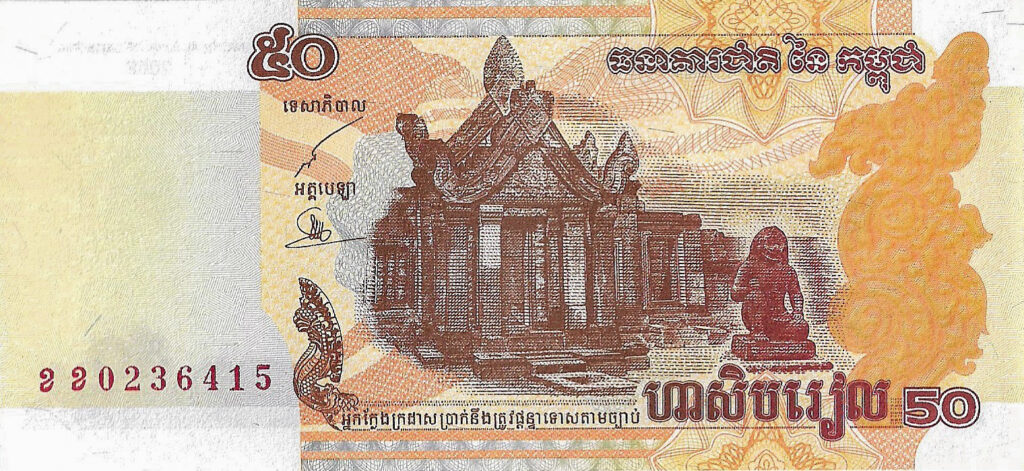
The Indian Connection | An added bonus for Indian visitors is to get amazed at the deep impact of Indian Culture over Cambodia and South-East Asia at large. During early medieval times, a large chunk of Asia was undergoing a cultural transformation that was about to change its artistic and architectural history. New faiths were publicized; grand empires were established; and expansive cities were laid with commissioning of never-seen-before mammoth sacred edifices. With increasing faith of Cambodian royalty, the new foreign faith flourished to reach new heights. The enormity of this wave could be guessed from the simple fact, that India despite being the home to Hinduism and a galaxy of grand temples, is not home to the largest temple in the world. It is in Cambodia! Angkor Wat, as we know it today, was spanning over 200 hectares was patronized by Khmer King Suryavarman sometime in the first half of the 12th Century CE is holds the record for being the largest Hindu temple in the world. Dedicated to Hindu God Vishnu, the temple occupied the very heart of an empire that at its prime ruled over much of the Indo-China.
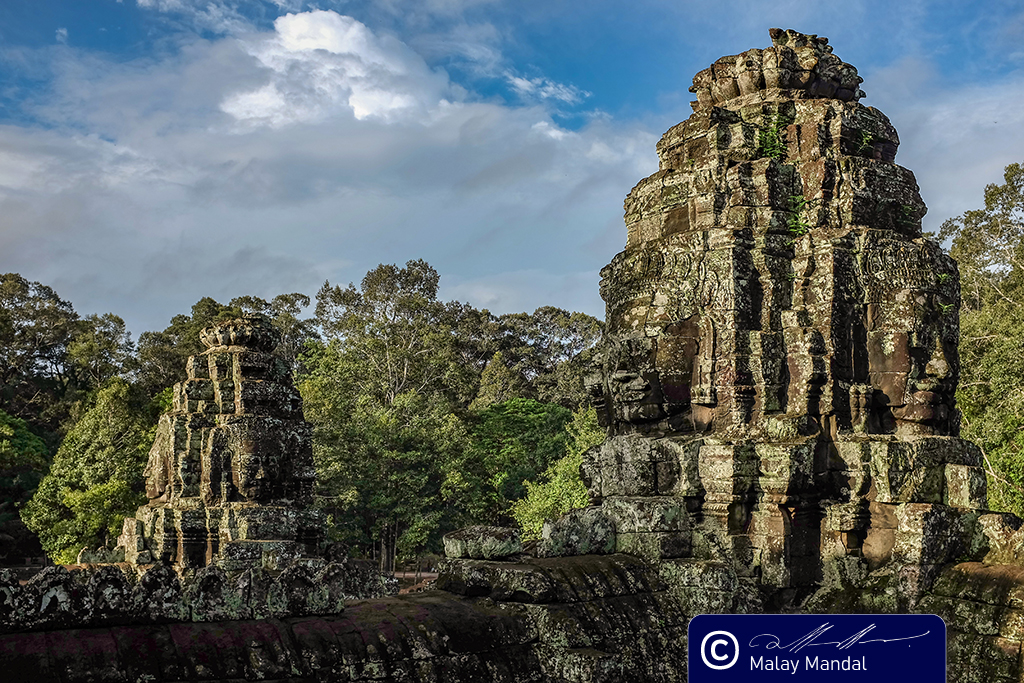
Lost and Found | The Khmers prospered and so did their temple building zeal but this very competitive spirit led to over-exploitation of resources. Catastrophic cascading happened in form of destruction of well-maintained waterways and loss of prosperity. This provided ample opportunities to their rivals to move-in. After the death of Jayavarman VII – probably the most prolific Khmer builder – the empire descended into decadence sometime in the first half of the 13th Century CE. Double blows from Thais, in 1351 CE and 1431 CE led to abandonment of Angkor – the most wondrous of Khmer creations. Looted and left to the forces of nature, Angkor vanished from public eye and memory. Colonialism brought in new political equations in Indo-China and Cambodia became a French protectorate in 1864 CE. Around this time, Henri Mouhot re-introduced Angkor to the western world bringing-in both good and evil. If good came in form of clearing and conservation of ruined temples, destruction was unleashed with wanton pillage and loot of sculptures and panels. Andre Malraux – a famous author of his time – dismantled some of the best specimens from Banteay Srei before he was stopped from doing so. To see through those times, watch Jean-Jacques Annaud’s movie – Two Brothers (2004).
Getting-in | Angkor Wat remains the only global attraction in the whole of Cambodia and for the same reason it well-connected to major cities in Asia and the world over. Siem Reap is the airport that is serves Angkor Wat with connecting flights from Bangkok, Hanoi, Hong Kong, literally from all major Asian hub. Still a small town, this place offers places to stay … Tuk Tuks are the best option to move around … The temples are many and the time can be a constrain.
Entry Formalities | Against the many myths, Cambodia is a tourist friendly country with minimal hassles. Visa-on-Arrival (VOA) can be obtained easily at Siem Reap Airport upon payment of visa charges.
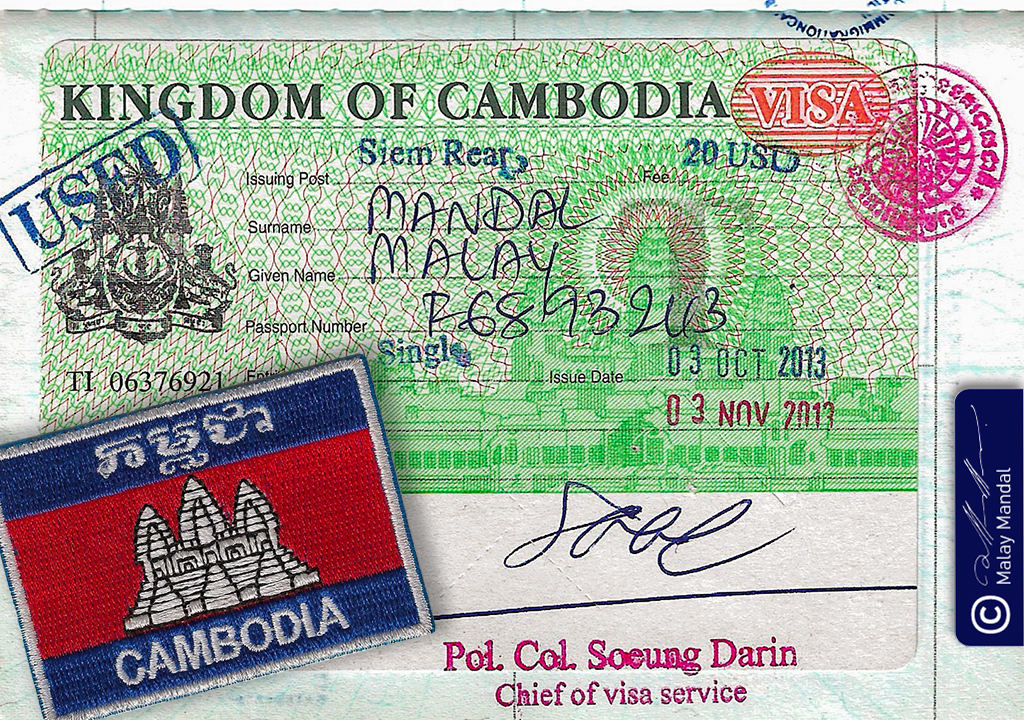
Money | Official currency is Cambodian Riels but USD/Euro are widely sought after and accepted happily. Visa Charges, Angkor Pass and many other fee/charges are usually in USD. It is good to keep some local currency for meeting the travel needs. Cards are generally accepted at all major hotels.

Suggested Itineraries | Angkor is such kind of a destination that cannot be explored completely in a lifetime. The list of temples is large and each temple deserves attention and energy; while the smaller one require 2-3 hours, the larger one need 5-6 hours. Other than the main temples in close vicinity of Angkor Wat, there are remote sites belonging to the pre and post-Angkorian period. Some of these destinations such as Preah Vihear require a long drive and a hiking while others like Koh Ker is easily approachable. When I forwarded my itinerary to taxi drivers in Siem Reap, most of them replied saying, “It’s not possible!” I was not able to comprehend the reasons for their refusal but when I actually reached Cambodia, I can understand the same. Travelling in Cambodia during the rains is quite challenging because of the unpredictable flash floods.
Coming back to the itineraries, if you have only few days (2-3), you should focus on the Angkor Wat cluster. Other than the central monument go for Bayon Banteay Srei and
Practicalities |
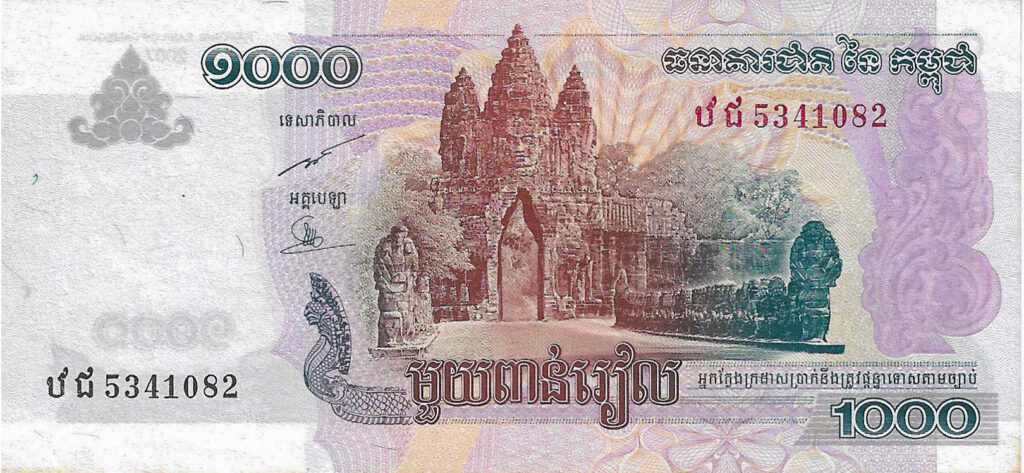
Suggested Reading | Most of the early writings in French
- Maurice Glaize – The Monuments of the Angkor Group
- Marilia Albanese – The Treasures of Angkor – White Star Publishers Italy 2006
- Dawn Rooney – Angkor: Cambodia’s Wondrous Khmer Temples Odyssey Hong Kong 2008
- Adhir Chakravarti – Royal Succession in Ancient Cambodia The Asiatic Society India 1982
- George Groslier – In the shadow of Angkor: Unknown temples of Ancient Cambodia DatASIA Press 2014
- Bruno Daegens – Angkor: Heart of an Asian Empire – Thames & Hudson 2009
- Lonely Planet CAMBODIA – 2008
- Amitava Ghosh – Dancing in Cambodia and other essays – Penguin 2008